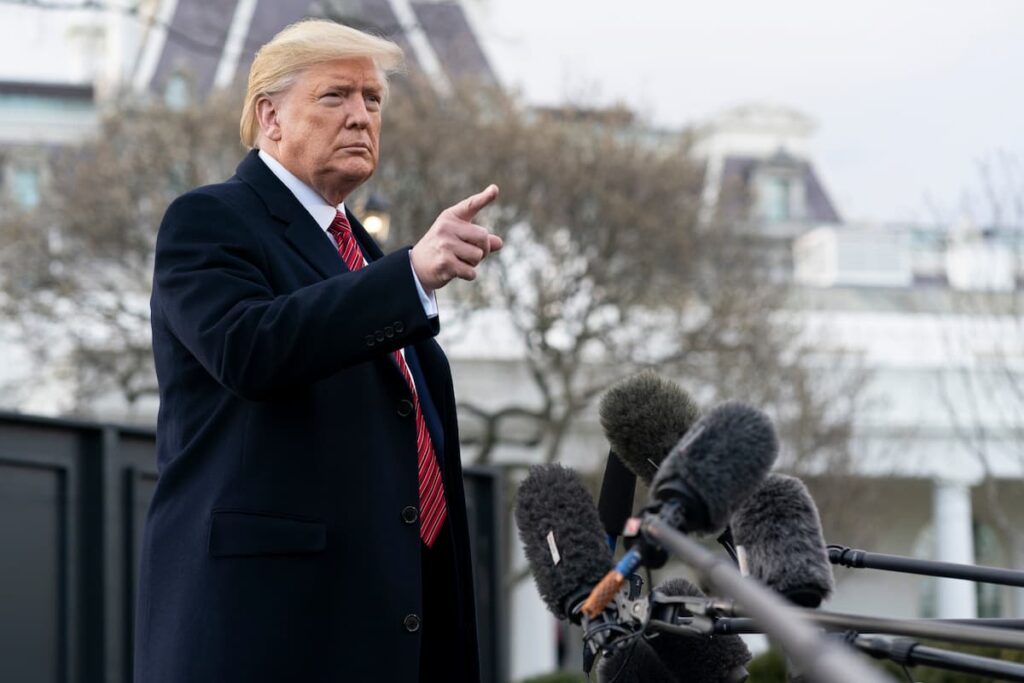Trump’s Budget Bill Nears Final House Vote Amid Internal Tensions
As the U.S. House of Representatives works through an intense overnight session, Donald Trump’s sweeping budget and tax bill inches closer to a final vote. While the legislation already cleared a procedural hurdle after hours of back-and-forth debate, the last step remains uncertain due to growing pushback from within Trump’s own party.
This bill, which could serve as the cornerstone of Trump’s second presidential term, outlines major changes to tax structures and public spending. It aims to extend tax cuts originally enacted years ago, while increasing investments in defense and border security. However, it does so by reducing funds for federal programs like Medicaid—an approach that has sparked concern among conservative and moderate lawmakers alike.
Despite holding a majority in both chambers of Congress, Trump’s Republican Party is internally fragmented. While some factions have rallied behind the bill, others continue to resist, citing concerns over national finances, healthcare access, and district-level impacts. The ongoing internal conflict has turned this bill into a defining test for Republican unity.
Spending Plans Meet Fiscal Pushback
The bill proposes extending previous tax cuts at a projected cost of trillions over the next decade. To balance the impact, it includes significant cuts to Medicaid and food subsidy programs. According to estimates from the Congressional Budget Office, the current version could add over $3 trillion to the national deficit over ten years.
This projection has angered members of the House Freedom Caucus, a conservative faction known for advocating fiscal restraint. These lawmakers argue that the long-term debt implications are too steep, especially when the promised spending reductions may not materialize in the future. Some even proposed a complete rewrite of the Senate-approved version in favor of the original House draft, which included less aggressive cuts and a lower projected deficit.
While Trump has remained publicly optimistic, behind-the-scenes negotiations suggest that party leaders are struggling to bring dissenters on board. Despite this, previous showdowns have seen similar resistance ultimately fold under political pressure—a trend the bill’s supporters hope to see repeat.
Medicaid Cuts Spark Unease
One of the most controversial aspects of the legislation is its handling of Medicaid, the government health insurance program for low-income Americans. To offset the revenue lost by tax cuts, the bill proposes steep reductions in Medicaid funding, which could affect millions of Americans’ access to healthcare services.
Lawmakers from districts with higher rates of poverty have voiced concerns about how these changes might impact their constituents—and their own electoral futures. Some representatives have warned that cuts to healthcare and related services could be politically damaging and socially harmful.
In addition, independent analysis shows that millions of Americans could lose their insurance coverage by the next decade if the bill becomes law. While some Republicans have expressed a willingness to compromise, others continue to view the Senate’s harsher Medicaid provisions as unacceptable.
SALT Cap Controversy Adds Pressure
Beyond taxes and healthcare, another contentious point in the bill is the proposed adjustment to the State and Local Tax (SALT) deduction cap. Currently set at $10,000, both chambers of Congress have agreed to raise the limit to $40,000. However, the Senate version includes a five-year expiration for this change, potentially reinstating the lower cap after that period.
This rollback could disproportionately affect residents in high-tax states and has become a sticking point for several House Republicans. While the increase might provide temporary relief, the short timeline has left some lawmakers unsatisfied, pushing for a more permanent solution.
As pressure mounts and political negotiations continue behind closed doors, the outcome of the final vote remains uncertain. Trump’s allies are hoping for a unified front, but lingering divisions over spending, healthcare, and tax reform continue to complicate what was meant to be a legislative victory.
With party dynamics and public perception at stake, the next few hours in Congress could shape not only the nation’s economic path but also the political future of Trump’s administration.



